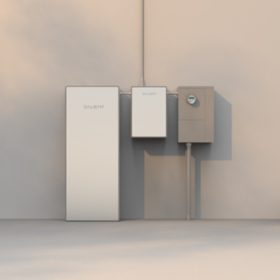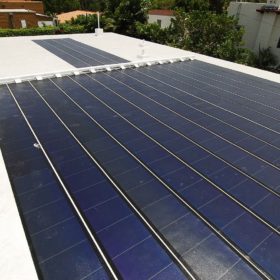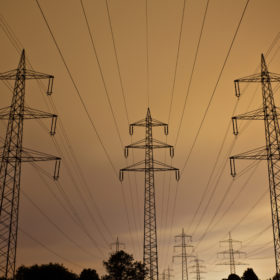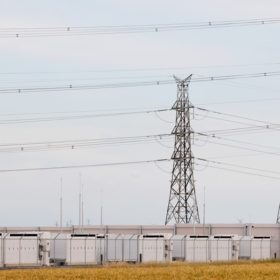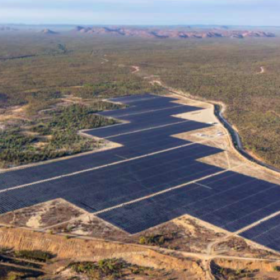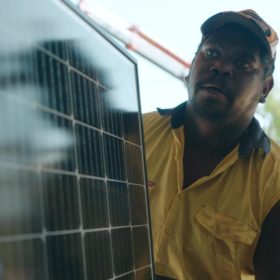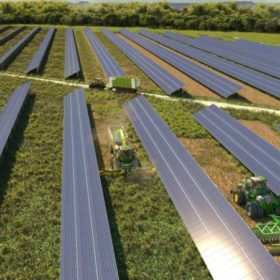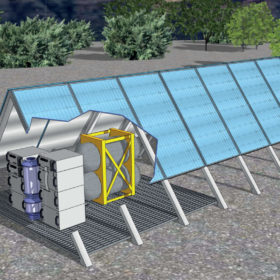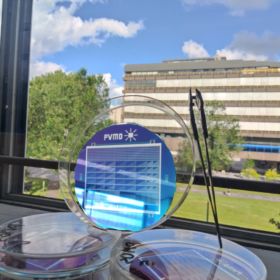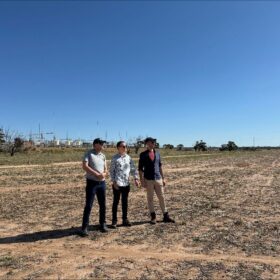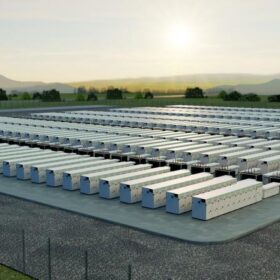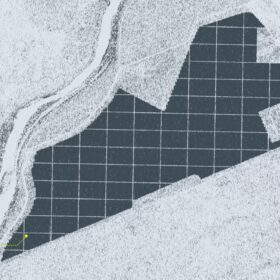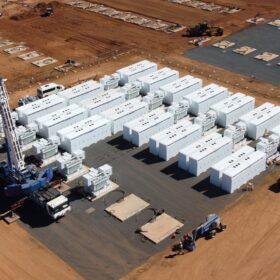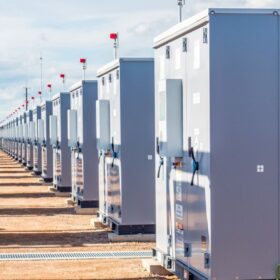Water-based zinc-ion battery for stationary energy storage
Salient Energy developed the water-based zinc-ion battery to have the same power, performance, and footprint as lithium-ion systems without the safety risk.
Thin film solar may have carbon intensity advantage over silicon
Thin-film cadmium telluride panels may have a US$0.02 to US$0.04 per watt carbon cost advantage over traditional polysilicon, said the National Renewable Energy Laboratory in an analysis of embodied carbon, embodied energy, and energy payback.
Renewables investors call for urgent reform of regulatory processes
A coalition of renewable energy investors is calling for urgent reform of the National Electricity Market to help restore confidence among developers of large-scale wind and solar projects grappling with grid congestion and curtailment issues in Australia.
‘Missing piece of the puzzle’: 3 GW of battery projects make it to ARENA’s grid forming shortlist
ARENA today announced 12 projects with a combined capacity of 3 GW are on the shortlist for its $100 million Large Scale Battery Storage Round which aims to support to rollout of storage fitted with grid forming capacities.
Queensland takes out 14 of the top 15 performing solar assets in June
Winter has proven no feat for the sunshine state, which is home to basically all of Australia’s best performing PV assets, senior Rystad analyst David Dixon finds.
Rooftop solar cheaper for Indigenous NT communities than ground mounted, but benefit question remains
Rooftop solar systems are cheaper then centralised ground mounted systems for remote Indigenous communities in the Northern Territory, a new report funded by ARENA and APVI has found. The report, however, did not examine the question of community benefit in its scope – something Alan Langworthy, who has long worked in energy in the NT, told pv magazine Australia is absolutely vital.
Agrivoltaics adding value to crops with low agricultural yield
A group of 35 French agricultural entrepreneurs decided to change their agricultural practices to adapt to the low quality of their groundwater and chose agrivoltaics as a way to compensate for crop yield losses.
Aussie solar-powered direct air carbon capture tech secures backing from Facebook, Google
Australian company AspiraDAC, which uses solar powered Direct Air Capture (DAC) technology to remove carbon from the atmosphere, has been selected to be part of the first round of purchases from Frontier, a program backed by Facebook and Google’s parent companies, Meta and Alphabet.
Queensland airline unveils plan to use hydrogen planes on regional routes
Queensland regional airline Skytrans Airlines and engineering firm Stralis Aircraft plan to develop and trial a hydrogen electric propulsion aircraft by 2026.
Solar cells integrating power electronics
Researchers in the Netherlands investigated the potential for integrating power electronics in solar cells in the form of diodes, transistors, capacitors, and inductors. They believe that this kind of PV cell may initially find applications in PV-powered Internet-of-Things (IoT) devices and later, as the economy of scale kicks in, in large-scale applications.
